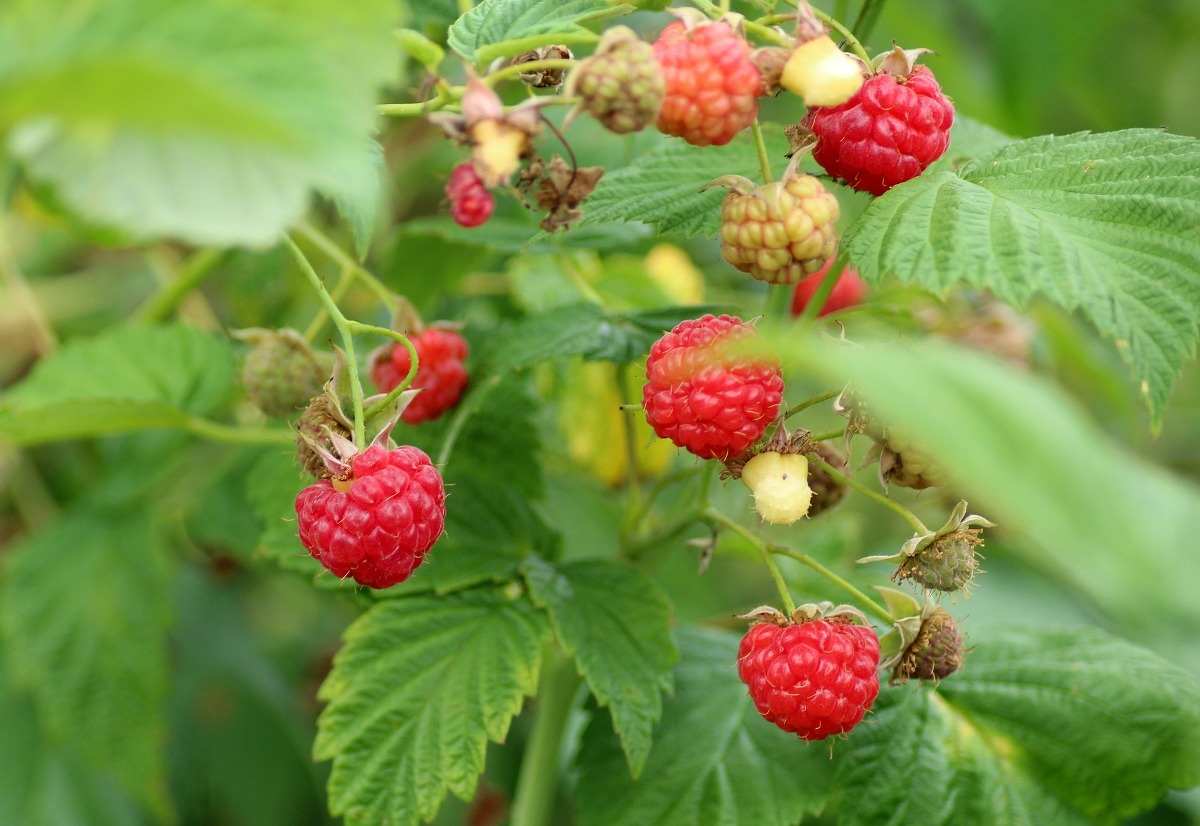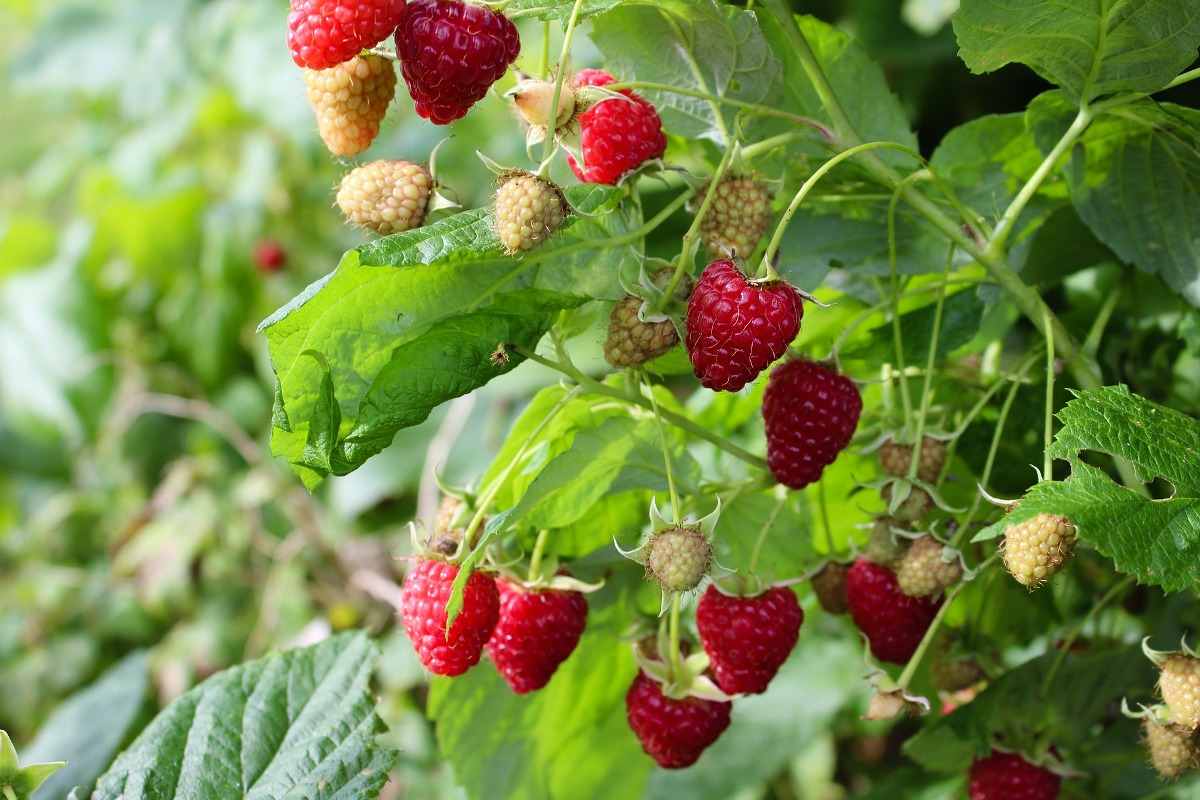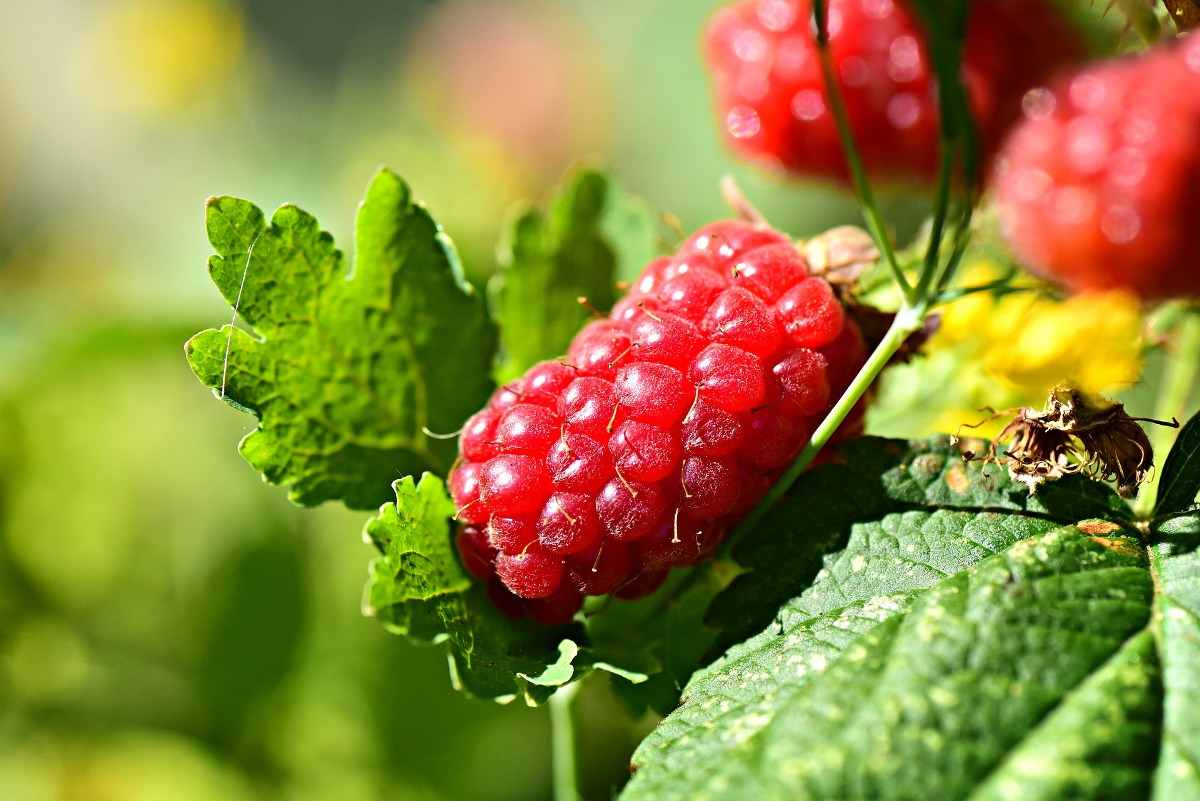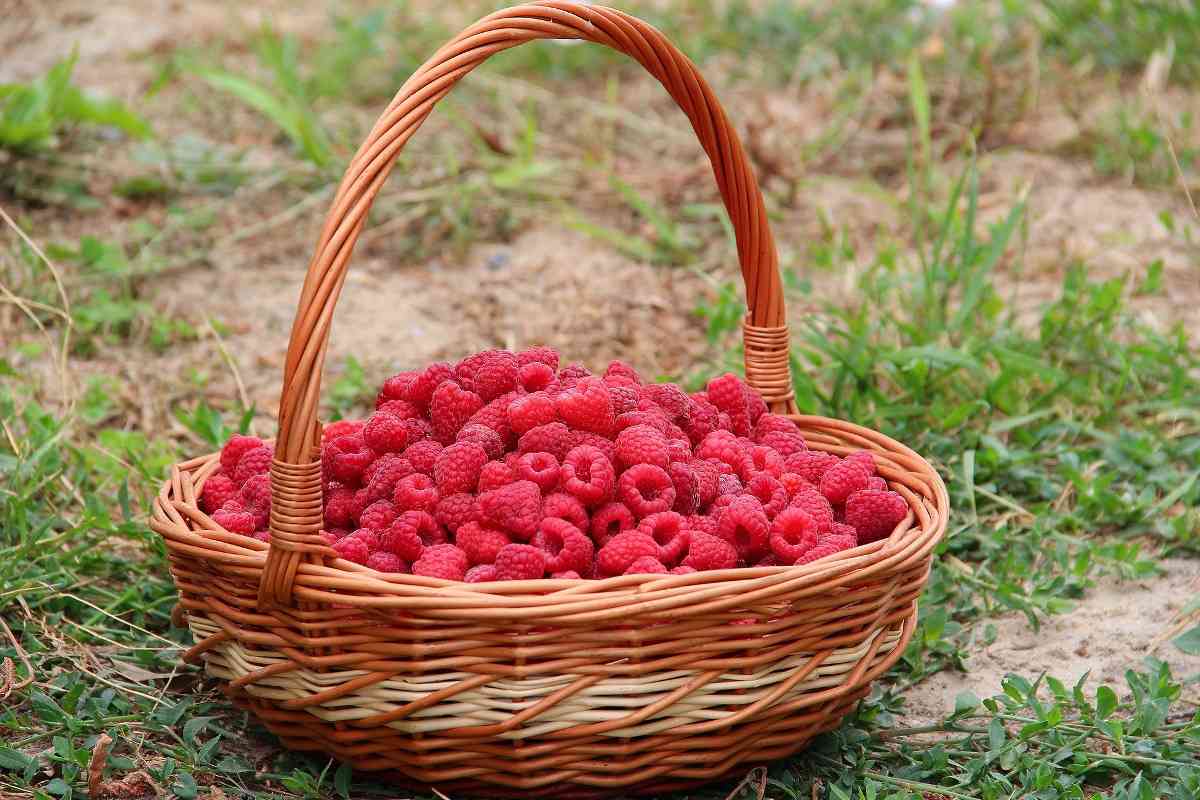Introduction to growing Raspberries hydroponically
Hydroponics is the art of growing plants with water and without soil, is not only a healthy method of growing tasty Raspberries, but it is also an efficient method for growing in a limited space. The space requirements for any hydroponic system are less since the soil is not used in these hydroponic systems. Grow Raspberries hydroponically, though the specifics of each type of berry will vary slightly in aspects such as the number of nutrients required and the amount of necessary light.
A step by step guide to growing Raspberries hydroponically
The process of hydroponics growing of Raspberries is all about understood the physiology of the plant and its natural cycle of growing, flowering, pollination, and production of fruits and run it as per plan. Growing Raspberries need a bit more time, effort, and investment to enjoy a proper yield.
Raspberry varieties to grow in hydroponics
Raspberries are categorized mainly into two types. They are primocane (fall-bearing or everbearing types) and floricane (summer bearing). For the hydroponics system, primocane types are recommended, as these produce fruits at the top of first-year canes over a long harvest season. They also need less growing space and support than floricane types. Smaller Raspberry plants do better in containers; some varieties such as Heritage Red, Autumn Bliss, Raspberry Shortcake, and Jewel Black are ideal Raspberries to grow indoors. Jewel Raspberry variety is one of the varieties with fruit that is black rather than the traditional red Raspberry.
Conditions required for growing Raspberries hydroponically

- The pH for Hydroponic Raspberries should be 5.8 to 6.5
- The temperature should be kept between 22 and 24°C
- 10-12 hours of light daily optimal but a minimum of 6 hours.
- Planting Raspberry from seeds is not a good idea and transplants are recommended.
- Optimal humidity range must be 65% -75%
- Harvest about 12 months/year is possible with staggered growth cycles.
With the proper use of nutrients and the correct artificial light, Hydroponics gardener can achieve amazing results all year long. An ideal environment is created as the Hydroponic Gardener determines the environment which would be provided by nature. In a completely controlled environmental agricultural system, you control the light, temperature, water, oxygen, pH, and nutrients.
Light – Choosing the best lights for your hydroponic system can be daunting for a beginner. There are tons of options out there and depending on system size and type of plants you are growing; some types can be better or more efficient than others. Although in nature, Raspberries thrive in full sun, they will tolerate decreased light.
Temperature and Humidity – To keep berry plants thriving, the nutrient solution and water solvent must be kept at proper temperatures. Experts agree that the best water temperature for hydroponics is between 22 and 24°C. This temperature range provides an ideal setting for healthy plant roots and optimal nutrient absorption. A properly set up ventilation system helps control the temperature and humidity levels in the grow area by venting out hot and humid air and replacing it with fresh air.
They thrive in cool temperatures, best daytime temperatures around 22 and 24°C, nighttime temperatures around 15°C. They can tolerate and adapt to temperature fluctuations and not fragile in this respect. The optimal humidity range must be 65% -75%. Levels above 90% will hamper pollination and then encourage fruit molding. Levels below about 65% can hamper pollination and lead to problems with mites.
Nutrition for all berries is similar. A well-balanced vegetative formulation is necessary for the early stages after the initial bud break, followed by a bloom or fruiting formulation that is high in potassium once a fruit set has occurred. Raspberries are favorite summertime fruits. With a sweet and slightly tart flavor, the red berries contain high levels of antioxidants that are useful to cardiovascular health. One benefit of growing Raspberries is free to access to fresh berries no matter the time of year.
In case if you miss this: Growing Organic Herbs in Greenhouse.

The trick to successful indoor Raspberry crops understands the physiology and natural life cycle of the plant so that flowering, pollination, and fruiting all go according to plan. Hydroponic Raspberries can all be produced on a limited scale with soilless greenhouse cultivation many in high tunnels to extend the harvest season and improve fruit quality but they can also be grown indoors. Growing Raspberry plants using a hydroponics system gives the grower maximum control of the plant’s nutrition and natural quality. Raspberry plants grow better with a higher proportion of N relative to P and K.
Growth technique and Hydroponic system for Raspberries
Even with all the requirements that Raspberry plants have (size, trellising, chilling, etc.), they have been grown in practically all types of hydroponic growing systems, even NFT, DWC, and Aeroponic system. Some growers may use grow bags full of growing medium, and simply cut a slit in the bag to insert the plants in and use nonrecovery drip irrigation. A well-fed Raspberry doesn’t necessarily have a large root system for its size; it can be even smaller than that of a mature tomato plant, but still, last for years. As always hydroponic growing medium is mostly a personal choice, however, it’s very important to make sure the growing medium drains well and doesn’t remain too wet. Growing mediums used for Raspberries by most growers include sand, vermiculite, peat, and perlite, in equal parts, or in just about any combination of them.
Probably the most common type of hydroponic system to growing Raspberries in is a drip system. Either as a recovery system or non-recovery system (also called run to waste). Non-recovery means that the nutrient solution is not returned to a central reservoir, but is allowed to run off. Depending on the size and age of the plant, growers use buckets starting 3 gallons and transplanting into larger buckets up to 7 gallons as they get bigger. The Raspberries that grow into inexpensive poly bags with a mix of perlite and vermiculite, 70% Perlite 30% Vermiculite.
Trellising and plant supports for growing Raspberries hydroponically
Some varieties of Raspberries are way too large to even consider for hydroponic system setup, but many smaller varieties work just fine. Even the smaller varieties will need a supporting trellis system for good plant health and production.
As the Raspberries become heavily weighted down with fruit and foliage, they tend to bend over and sometimes break from their weight. At the culmination of the growing season plant leaves and old canes can be pruned off. Pruning and trellising have a strong impact on plant growth, quality, and also production.
A supporting trellis system is a very important part of good Raspberry production. As the fruiting laterals become heavily weighted down with Raspberries and foliage, they will tend to bend over and break from the weight. Once the growing season is overall the plant leaves can be trimmed off and the old canes can be pruned off as well. Pruning and trellising will also affect plant growth, fruit quality, and quantity, as well as size.
The process of growing Raspberries hydroponically
You may also check this: Growing Grapes in Pots from Seed and Cuttings.

Step 1) One primary consideration while growing Raspberries hydroponically must be pollination. At outdoor berry plants, this is naturally carried out by bees and other insects or by the wind. Hydroponic growers should manually pollinate the flowers with the help of a hairdryer or so or by brushing gently inside each open flower using a soft brush. This mode of hand pollination required to be carried out daily after the very first flowering to ensure proper fruit set.
Step 2) Raspberries are also suited for soil-free production. These are ideal to be grown in elevated systems, in which the hydroponics can be kept about four feet above the floor with stems trailing directly downwards. Raspberry requires more space vertically to grow the leaf out. Raspberry tends to grow out upright.
Step 3) Raspberry cropping using indoor hydroponics systems is now a popular trend, which is turning out to be more feasible and easy to do now. Set the medium in the hydroponics kit and the medium can be varying from sand to water to perlite. Keep in mind that the medium must be inert. Starter plugs can be used as well to make hydroponic Raspberries easier.
Step 4) Set the berry roots into the medium and cover the berries with a clear, plastic dome. Some kits come with the dome while others don’t, so make sure there is something available and allow the roots to become established. Place the plant roots in microbial solution, wrap the plant in clear plastic wrap and then place the Raspberries in the fridge for a few months. Keep them in the refrigerator for a minimum of 2 months to allow the plant to rest.
Step 5) Make sure the Raspberries get appropriate lighting. The appropriate lighting will vary based on the Raspberries. Give the Raspberries the appropriate nutrients. Hydroponically grown Raspberry plants have nutrients mixed with water that is put directly over the root system. The exact method varies depending on the growing medium, such as adding nutrients to the water medium or spraying the plant roots with a mixed water-and-nutrient solution for other systems. The nutrient needs vary by plant, so talk to the supplier about the exact amounts necessary for the specific Raspberry plant. Change the solution every 2 weeks for most berries.
Step 6) Make sure the temperature ranges are appropriate for the specific Raspberries. For example, Raspberries should be kept in temperatures ranging from 22 to 24°C. Grow hydroponic Raspberry plants in deep water culture buckets. Growing Raspberry plants using a hydroponics system gives the grower maximum control of the plant’s nutrition.
Step 7) Harvesting of Raspberries is one of the most rewarding tasks of an indoor hydroponic garden. Ideally, Raspberries should be left to fully ripen and color on the plant before harvest. Then, this ensures the full flavor profile and aroma have developed. Perfectly ripe berries are soft and fragile; Raspberries need careful handling and must be eaten as soon as possible after harvest.

How to prevent root rot in the hydroponic garden
If transplanting from soil to a hydroponic system be sure to remove all soil residue off the root-ball without saturating the plant roots. Try not to let the roots dry out in the hardening and transplanting procedure. Then, the plant’s energy is stored in the root system so be sure to do as little damage as feasible when transplanting. The least expensive route is common household bleach and adds 5 to 7 drops per gallon of water twice weekly. Chlorine will naturally dissipate in water so it should be added every 3 to 4 days or ‘twice weekly’.
If you prefer to stick with an organic method beneficial microbes or beneficial bacteria have been reported to be successful. Most commonly Mycorrhizae, are beneficial fungi that penetrate the root systems of plants in nature. They are useful in providing improved uptake of water and nutrients from the growing media. They help protect the roots from harmful pathogens and disease.
Trichoderma for use with Raspberry Plants is a beneficial fungus that colonizes plant root systems. Then, they prevent harmful fungi from entering the same root system, stimulate root development, and improve the plant’s adaptability to environmental stress.
In case if you are interested in this: How to Make Money from Hydroponic Store Business.